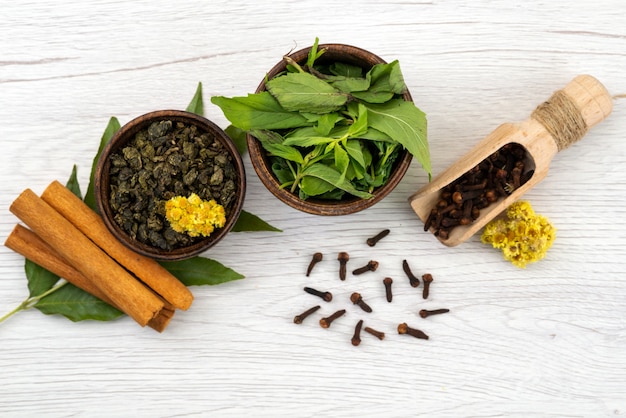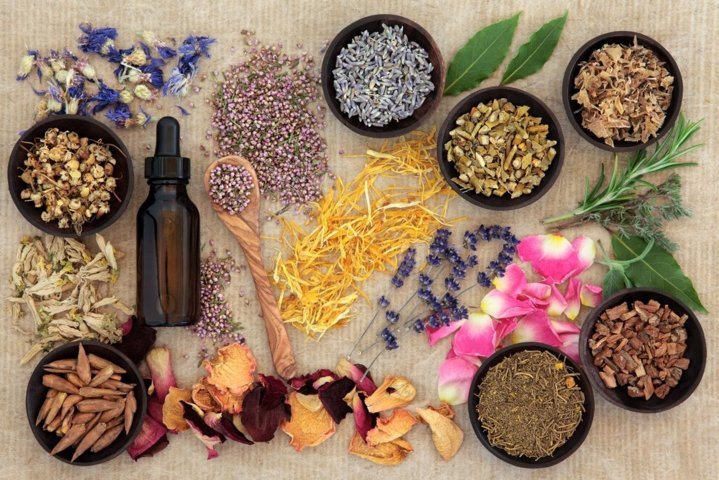Ask Ayurvedic doctor a question and get a consultation online on the problem of your concern in a free or paid mode. More than 2,000 experienced doctors work and wait for your questions on our site and help users to solve their health problems every day.
Shop Now in Our Store
Sitopaladi Churna Shloka – Ancient Ayurvedic Verse for Respiratory Health

Introduction to Sitopaladi Churna Shloka
Sitopaladi Churna is a celebrated Ayurvedic formulation, widely used to alleviate cough, cold, and respiratory discomfort. The ancient Sanskrit shloka associated with Sitopaladi Churna encapsulates its unique blend of natural ingredients and its potent therapeutic properties. This traditional verse not only honors the formulation's heritage but also serves as a mnemonic to guide practitioners in its preparation and use. By understanding the shloka, one can appreciate the holistic approach Ayurveda employs in managing respiratory ailments.
Historical Roots & Ayurvedic Significance
The origins of Sitopaladi Churna can be traced back to classical Ayurvedic texts, where it is recommended for its cooling and soothing effects on the respiratory system. The shloka, passed down through generations, emphasizes the importance of balancing the body's doshas—especially Kapha and Pitta—to mitigate symptoms of cough, cold, and bronchial congestion. This ancient verse reflects the deep connection between natural remedies and holistic health that Ayurveda champions.
Key Components & Therapeutic Benefits
Herbal Composition
Sitopaladi Churna is traditionally composed of a synergistic blend of herbs and natural substances, which typically include:
- Pippali (Long Pepper): Enhances respiratory function and stimulates digestion.
- Ela (Cardamom): Offers a soothing aroma and aids in clearing nasal passages.
- Sugar or Honey: Sweetens the formulation and provides demulcent properties to soothe the throat.
- Vang (Cinnamon): Imparts warmth and aids in balancing doshas.
- Tulsi (Holy Basil): Renowned for its antimicrobial and anti-inflammatory effects.
Each ingredient is carefully chosen to create a balanced formulation that not only alleviates respiratory symptoms but also strengthens the immune system.
Detoxification & Dosha Balancing
The shloka underlines the formulation's role in detoxifying the respiratory tract and balancing aggravated doshas. By reducing excess Kapha, Sitopaladi Churna helps clear mucus and supports smoother breathing, while its inherent sweetness and aromatic qualities help pacify Pitta, fostering overall internal equilibrium.
Rejuvenation & Respiratory Support
Beyond symptom relief, Sitopaladi Churna is revered for its rejuvenative properties. Regular use can help restore vitality, enhance digestion, and improve circulation. The formulation's holistic approach not only addresses immediate respiratory discomfort but also promotes long-term wellness by fortifying the body's natural defenses.
Ancient Shloka & Its Explanation
The Shloka
Śitopalādi cūrṇam, rasānugraham prakāśayet;
Kāśa-śvāsa vyādhinām, nivāraṇam idam upacāram.
Madhu-śarkarā sahitaṃ, tulasī-patraṃ pramukham;
Ayurvedasya sādhanam, jīvanam vardhayet sukhadam.
Explanation of the Shloka
-
Line 1: “Śitopalādi cūrṇam, rasānugraham prakāśayet;”
This line extols Sitopaladi Churna as a formulation that bestows the grace of “rasa” (taste and essence), highlighting the harmonious blend of its ingredients. -
Line 2: “Kāśa-śvāsa vyādhinām, nivāraṇam idam upacāram;”
It emphasizes the formulation’s efficacy in alleviating cough (kāśa) and respiratory ailments (śvāsa vyādhi), positioning it as a vital remedy in Ayurvedic practice. -
Line 3: “Madhu-śarkarā sahitaṃ, tulasī-patraṃ pramukham;”
This verse notes the inclusion of natural sweeteners like honey (madhu) or sugar (śarkarā) and the prominence of tulsi leaves, which enhance both flavor and therapeutic potency. -
Line 4: “Ayurvedasya sādhanam, jīvanam vardhayet sukhadam;”
The final line encapsulates the overall goal of Ayurvedic therapy—to promote a healthy, joyful life by harnessing the natural healing power of traditional remedies.
Choosing the Right Ayurvedic Remedies & Guidance
When using Sitopaladi Churna, consider the following:
- Consult with Certified Ayurvedic Practitioners: Personalized guidance ensures the formulation aligns with your unique constitution and respiratory needs.
- Ensure Authentic Ingredients: Source Sitopaladi Churna made from high-quality, organic herbs and natural sweeteners.
- Adopt a Holistic Approach: Combine the churna with supportive dietary and lifestyle modifications for enhanced results.
Recommended Dosage & How to Use Sitopaladi Churna
Typically, Sitopaladi Churna is used as follows:
- Dosage: Take a small amount (approximately 1–2 teaspoons) with warm water or honey, especially during the early morning or before bedtime.
- Administration: It can be consumed directly or mixed into herbal teas as advised by your Ayurvedic practitioner.
- Consistency: Regular use over a period helps in sustaining respiratory health and managing symptoms effectively.
Potential Side Effects & Precautions
While Sitopaladi Churna is generally safe, keep these precautions in mind:
- Allergic Reactions: Monitor for any adverse reactions to specific ingredients and discontinue use if necessary.
- Underlying Conditions: Consult a healthcare provider if you have chronic respiratory conditions or are pregnant or nursing.
- Proper Storage: Ensure the formulation is stored in a cool, dry place to maintain its efficacy.
Frequently Asked Questions
What is the significance of the Sitopaladi Churna shloka?
The shloka encapsulates the essence and therapeutic benefits of Sitopaladi Churna, highlighting its role in alleviating respiratory ailments and promoting overall health.
How does the shloka describe the formulation?
It emphasizes the harmonious blend of sweeteners and herbs—such as tulsi, pippali, and cardamom—that together provide relief from cough and respiratory disorders.
What respiratory conditions can benefit from Sitopaladi Churna?
Sitopaladi Churna is traditionally used to manage cough, cold, bronchitis, and general respiratory congestion by balancing doshas and clearing mucus.
How should Sitopaladi Churna be consumed according to Ayurvedic guidelines?
It is typically taken with warm water or honey, preferably in the morning or before sleep, to maximize its soothing effects on the throat and respiratory tract.
Can the shloka be used as a guide for preparing Sitopaladi Churna?
Yes, the shloka serves as a traditional mnemonic, detailing the essential ingredients and their benefits, which helps ensure consistency in its preparation.
Are there any side effects associated with using Sitopaladi Churna?
While generally safe, some individuals may experience mild digestive discomfort. It is advisable to consult an Ayurvedic practitioner for personalized advice.
Where can I find authentic Sitopaladi Churna?
Authentic Sitopaladi Churna should be sourced from reputable Ayurvedic pharmacies or certified practitioners who adhere to traditional preparation methods.
Conclusion & Expert Insights
The ancient shloka of Sitopaladi Churna offers profound insight into the formulation’s therapeutic properties, emphasizing its role in managing respiratory ailments and promoting holistic well-being. By integrating this time-tested remedy into your health regimen and following Ayurvedic guidance, you can harness its full potential for cough relief and respiratory support. Embracing this traditional wisdom not only nurtures the body but also honors the legacy of Ayurvedic healing practices.
References & Further Reading
- Sharma, P.V. (1995). Ayurvedic Healing: A Comprehensive Guide.
- Lad, V. (2002). Ayurveda: The Science of Self-Healing.
- National Institute of Ayurveda:
- Journal of Ayurveda and Integrative Medicine for research articles on traditional formulations and respiratory therapies.
This article is checked by the current qualified Dr. Harsha Joy and can be considered a reliable source of information for users of the site.



